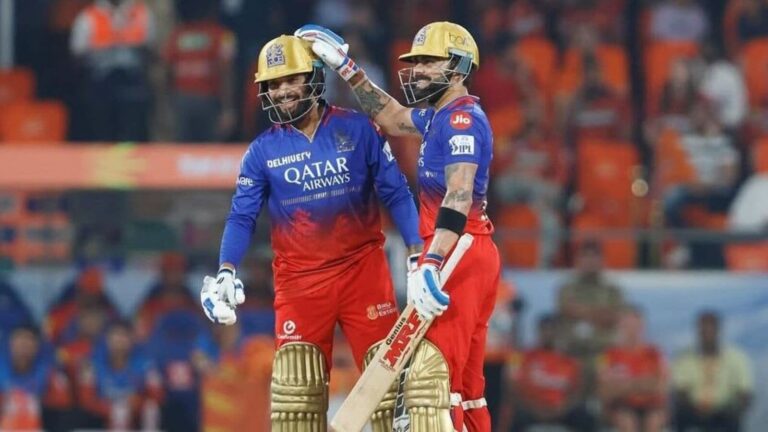Understanding the Duckworth-Lewis Method and Its Betting Implications on Play99exch
Play99Exch, 99Exch: The Duckworth-Lewis Method, often referred to simply as DLS, is a mathematical formula used in cricket to calculate revised targets for the team batting second in rain-affected matches. The main objective of the DLS method is to ensure a fair outcome in matches that are interrupted by weather conditions.
Developed by statisticians Frank Duckworth and Tony Lewis in the 1990s, the Duckworth-Lewis Method has become an integral part of modern-day cricket. By considering various factors such as overs remaining, wickets lost, and run rate, the DLS method provides a structured framework for adjusting target scores in limited-overs matches. This system has revolutionized the way cricket matches are managed and has brought a sense of reliability to the outcome of rain-affected games.
How the Duckworth-Lewis Method Works
In a cricket match interrupted by weather conditions, the Duckworth-Lewis Method comes into play to calculate a revised target for the team batting second. The method takes into account the resources available to each team at the point of interruption, such as the number of overs bowled and wickets lost. By assigning target scores based on these factors, the method aims to ensure a fair outcome despite the disruption.
Key variables like the run rate and wickets in hand play a crucial role in the Duckworth-Lewis Method’s calculations. The formula incorporates these elements to determine a new target that reflects the game situation prior to the interruption. By utilizing a complex algorithm, the method provides teams with a revised goal to chase, allowing for a balanced and competitive conclusion to the match.
History and Development of the Duckworth-Lewis Method
The Duckworth-Lewis Method, named after statisticians Frank Duckworth and Tony Lewis, was introduced in the world of cricket in the year 1999 for calculating revised targets in rain-affected matches. The method aimed to provide a fair approach to determining the result of a game when weather interruptions affected play, especially in limited-overs formats where time constraints are significant. Play99Exch The development of this method was a response to the limitations of the previous rain rule system, which often produced results that were deemed unfair or unsatisfactory by both players and spectators.
Initially, the Duckworth-Lewis Method faced skepticism and resistance from some cricketing circles due to its intricate calculations and the shift it brought to the established norms of the game. However, as its application showed more accurate and equitable results in matches affected by rain, it gained acceptance and became an integral part of international cricket regulations. 99Exch The constant refinements and adjustments made to the method over the years have sought to enhance its accuracy and applicability across various cricketing conditions, solidifying its status as a valuable tool for ensuring the integrity of the sport amidst unpredictable weather conditions.
Criticism of the Duckworth-Lewis Method
The Duckworth-Lewis Method, often hailed for its complexity and mathematical precision, has faced its fair share of criticism within the world of cricket. One key point of contention revolves around the perceived lack of transparency in the calculations made by the method. Some critics argue that the intricate nature of the calculations makes it challenging for players, officials, and fans to fully grasp how the revised target was determined.
Moreover, skeptics of the Duckworth-Lewis Method question its suitability for all types of cricket matches, particularly in shorter formats such as T20s. The method’s reliance on historical data and run-rate calculations has been scrutinized for potentially providing unfair advantages or disadvantages to teams, depending on the specific match circumstances. As cricket continues to evolve, the ongoing debate surrounding the efficacy and fairness of the Duckworth-Lewis Method remains a topic of interest and discussion among players and fans alike.
Application of the Duckworth-Lewis Method in Cricket
One significant application of the Duckworth-Lewis Method in cricket is during rain-affected matches. In such situations, the method is used to recalculate the target score for the team batting second based on the reduced overs available. This ensures a fair and balanced opportunity for both teams to compete, despite the interruptions caused by inclement weather conditions. Play99Exch has integrated the Duckworth-Lewis Method in their match format, enabling players and fans to understand and interpret the revised target scores effectively.
Another key application of the Duckworth-Lewis Method in cricket is during matches where interruptions occur due to external factors such as bad light or ground conditions. In such cases, the method is implemented to adjust the target score for the chasing team in order to account for the lost playing time. 99Exch has leveraged the Duckworth-Lewis Method to facilitate smooth transitions and accurate calculations in scenarios where matches are disrupted, ensuring that the integrity of the game is maintained and results are determined fairly.







